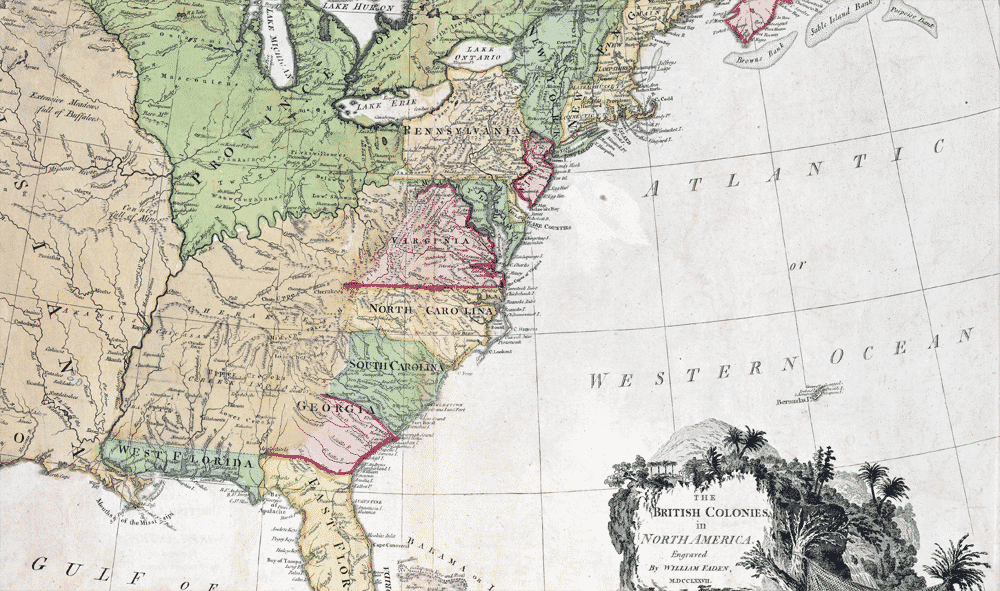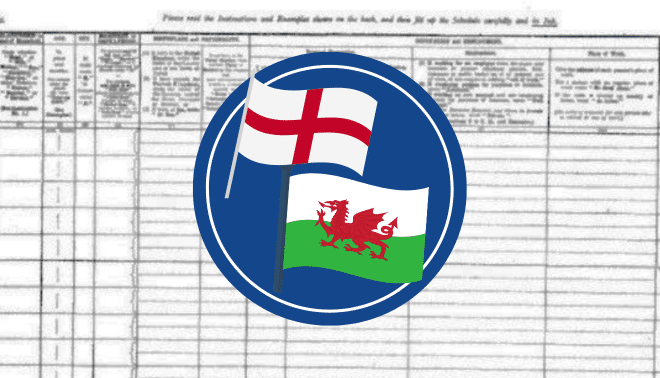Sign up for the Family Tree Newsletter! Plus, you’ll receive our 10 Essential Genealogy Research Forms PDF as a special thank you.
Get Your Free Genealogy Forms
"*" indicates required fields

It’s no secret that millions of Americans have British roots—25 million claim English ancestry, 5 million Scottish, 4 million Scots-Irish and 2 million Welsh, according to the US census. But if you count yourself among that group, your past may be a mystery. Most of those ancestors immigrated so long ago that we often don’t know much about them. In fact, many of the 20 million people who identify themselves as simply “American” probably have some British ancestry, too, though they may be several generations removed from their immigrant ancestors.
Today we think of England, Scotland and Wales (and Northern Ireland) as one entity—the United Kingdom—but emigration from these three nations hasn’t always followed the same pattern. England supplied the majority of the original Colonies’ settlers, beginning with Jamestown in 1607 and Plymouth in 1620, and continuing to the early years of American independence. Large-scale immigration from Scotland began in the 18th century, and from Wales in the 19th century. Still, their stories are intrinsically linked, and you’ll follow similar steps to trace your English, Scottish or Welsh roots.
English Immigration
English immigrants’ stories are perhaps the best-known: Most came to America for economic reasons, but some, such as the Puritans, came seeking religious freedom. They settled along the East Coast, primarily in the region now known as New England. The southern Colonies were more diverse; Scots, Scots Irish, Germans and African slaves joined English settlers in Maryland and Virginia.
Welsh Immigration
The first flock of Welsh immigrants settled at William Penn’s invitation in the “Welsh Tract” of Pennsylvania in the 1680s. The founder of the American Commonwealth of Pennsylvania, Penn advocated religious freedom and encouraged fellow Quakers to take refuge in America. Many more Welsh nonconformists—people who broke away from the Church of England—settled in Pennsylvania over the next few decades. Another spurt of Welsh immigration occurred in the early 1800s, when the Welsh founded farming communities in Ohio, Pennsylvania and upstate New York. An influx of skilled iron workers and coal miners emigrated from Wales beginning in the 1840s.
Scottish Immigration
Large-scale Scottish emigration began after 1746, when the English defeated the Scots at the Battle of Culloden. The English executed numerous clan chiefs and outlawed kilts and bagpipes, leading to the destruction of the clan system. Faced with the rapidly rising cost of renting land, many Scottish farmers decided to move to America. Agricultural problems worsened in the early 1800s, when thousands of small tenant farmers were evicted from the Highlands to make room for large-scale sheep farms. Some Scots went to the United States, but most settled in Canada. Emigration drained Scotland of a much larger percentage of its population than either England or Wales.
Last updated August 2023.






